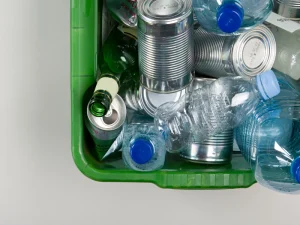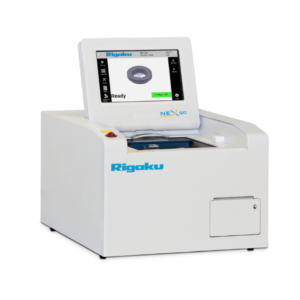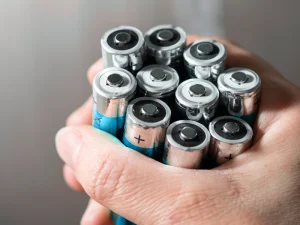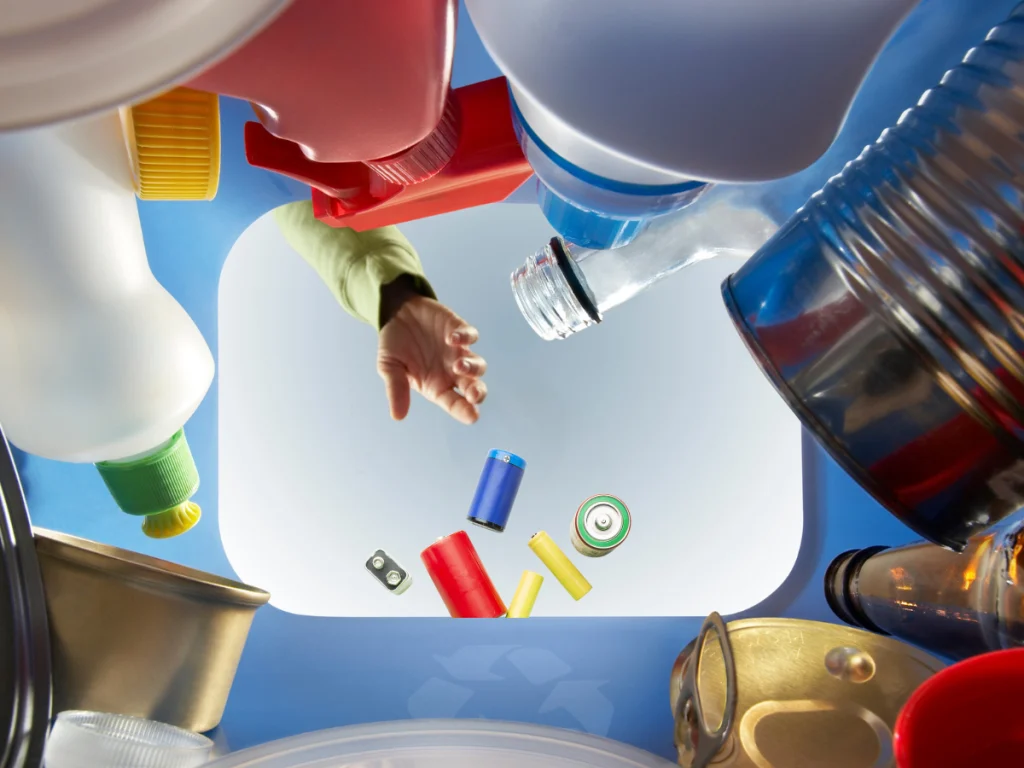In your recycling process, precision isn’t a luxury, it’s a necessity. You can’t afford to rely on visual sorting or guesswork when every batch of material affects your bottom line. You need fast, accurate, and reliable insight into what’s really in your feedstock. That’s where X-ray fluorescence (XRF) analysis from Rigaku steps in, helping you turn waste into value with confidence.
The challenges of mixed materials and tight regulations
Modern recycling streams are incredibly diverse. Metal alloys, electronic waste, plastics, and glass often come together in complex mixtures. These streams are typically processed by specialized companies and go through several steps: collection, separation, grinding, and post-sorting. After these steps, the materials become circular raw materials — such as washed and ground glass, “black mass” from batteries, shredded plastics, or filtered waste oil.
At this stage, XRF becomes a powerful tool. It allows you to sample these mixtures and monitor their composition over time. Are there harmful substances present? Are there elements that affect further processing? Should the process be adjusted based on changing input? Is part of the stream still usable? XRF helps answer these questions with reliable trend data and anomaly detection.
Regulatory frameworks such as RoHS, REACH, and WEEE further raise the bar: they require detailed elemental data and documentation. If you want to stay ahead, you need tools that deliver lab-grade performance without slowing you down, whether you’re in the lab, on the line, or out in the yard. More on these directives
The result is a growing need for analytical tools that are both high-performance and easy to deploy in the lab and in the field.

Rigaku’s XRF solutions in action
In recycling, the exact composition of materials is often unknown. Waste oil may contain anything from cooking fat to motor oil. Battery waste may come from carbon, Li-ion, or Ni-Cd sources. In such cases, setting up a robust calibration can be challenging, if not impossible.
This is where the powerful Rigaku standardless analysis comes into its own.
Independent of the sample matrix, the instrument delivers reliable semi-quantitative results without calibration or user input.
Rigaku offers a broad range of XRF instruments to support recyclers, manufacturers, and labs:
- Rigaku NEX CGII series: Research-grade XRF spectrometer with the best all-round performance especially for light elementwstandardless analysis in organic matrices, such as waste oil.
- Rigaku NEX DE series: High-sensitivity benchtop analyzers for solids, liquids, and powders. Ideal for standardless characterization of recycled metals, glass, or plastics.
- Rigaku NEX QC+: Compact and robust, perfect for routine quality control. Quickly verify the concentration of several elements of interest or perform pass/fail analysis.
- Rigaku ZSX Primus III Next: WDXRF with tube-above design, ideal for advanced analysis of glass and carbon black, including elements like boron and fluorine.
Where XRF makes the difference
XRF supports a wide range of recycling applications:
- Construction Materials: Building debris is increasingly sorted into wood, metal, glass, and concrete, with concrete reused in circular construction materials.
- Sustainable fuels: XRF can be used for quality control of solid recovered fuels (SRF) or biomass, to check for contaminants such as Chlorine, and help optimizing the combustion process.
- Waste oil: Liquids can be analyzed as well with XRF to detect and quantify e.g. Cl, S or metals to optimize the process of recycling of waste oil into sustainable fuels.
- E-waste: Batteries and electronics contain valuable and hazardous elements like lead, mercury, lithium, and gold. XRF helps recover precious metals safely.
- Plastics and Packaging: Detect additives like brominated flame retardants or heavy metals to ensure compliance and improve secondary plastic quality.
- Glass Recycling: Monitor key oxides (Fe₂O₃, CaO, Na₂O) that affect color, transparency, and melting behavior — ensuring consistent production quality.
From analysis to circular progress
Accurate material analysis is more than a technical requirement, it’s a driver of sustainability. By integrating Rigaku XRF technology, you gain the data confidence needed to ensure purity, compliance, and efficiency at every stage of the circular chain.
AddSPX proudly supports this mission by providing Rigaku’s advanced analytical technologies to laboratories and recycling facilities across the BeNeLux.
Discover how Rigaku XRF solutions can help your recycling process achieve new levels of precision and sustainability.




